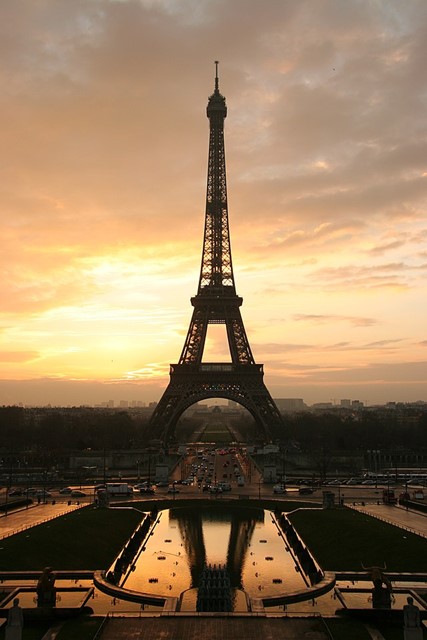 Image courtesy of Wikimedia commons.
Image courtesy of Wikimedia commons.
Eiffel Tower, Paris: One of the most iconic landmarks in the world, the Eiffel Tower is synonymous with Paris. It
offers stunning views of the city from its observation decks.
 Image courtesy of Wikimedia commons.
Image courtesy of Wikimedia commons.
Louvre Museum, Paris: The Louvre is one of the world's largest and most famous art museums, home to thousands of
artworks, including the Mona Lisa and the Venus de Milo.
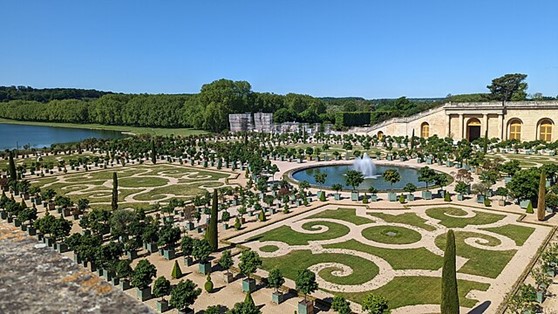 Image courtesy of Wikimedia commons.
Image courtesy of Wikimedia commons.
Palace of Versailles, Versailles: A symbol of the grandeur of the French monarchy, this opulent palace is known for
its stunning architecture, extensive gardens, and the Hall of Mirrors.
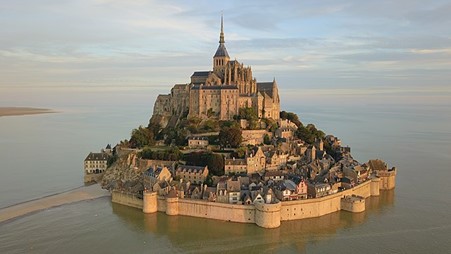 Image courtesy of Wikimedia commons.
Image courtesy of Wikimedia commons.
Mont Saint-Michel, Normandy: A medieval abbey perched on a rocky island, Mont Saint-Michel is a UNESCO World
Heritage site and a marvel of architectural and natural beauty
 Image courtesy of Wikimedia commons.
Image courtesy of Wikimedia commons.
Notre-Dame cathedral, Paris: Although damaged by fire in 2019, Notre-Dame remains a significant symbol of French
Gothic architecture. Its restoration efforts are ongoing.
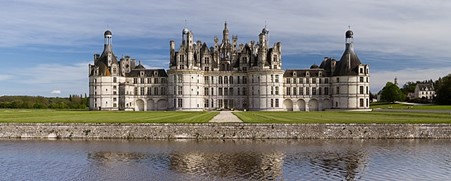 Image courtesy of Wikimedia commons.
Image courtesy of Wikimedia commons.
Château de Chambord, Loire Valley: This Renaissance masterpiece is renowned for its intricate architecture,
double-helix staircase, and expansive grounds.
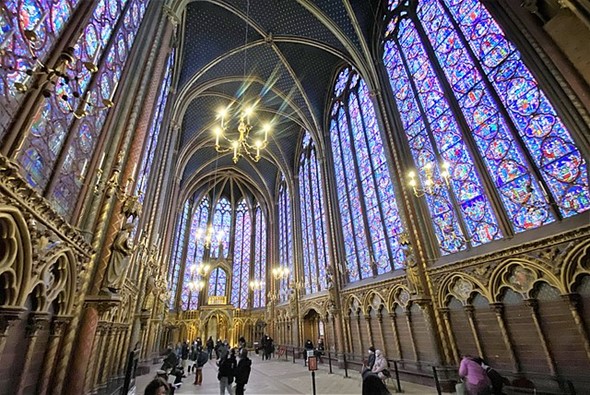 Image courtesy of Wikimedia commons.
Image courtesy of Wikimedia commons.
Sainte-Chapelle, Paris: Known for its stunning stained glass windows, Sainte-Chapelle is a masterpiece of Gothic
architecture located on the Île de la Cité.
 Image courtesy of Wikimedia commons.
Image courtesy of Wikimedia commons.
Musée d'Orsay, Paris: Housed in a former railway station, this museum features an extensive collection of
Impressionist and Post-Impressionist art.
 Image courtesy of Wikimedia commons.
Image courtesy of Wikimedia commons.
Panthéon, Paris: A neoclassical mausoleum containing the remains of notable figures from French history, including
Voltaire, Rousseau, and Victor Hugo.
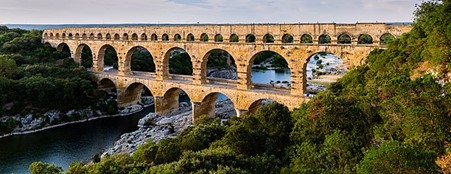 Image courtesy of Wikimedia commons.
Image courtesy of Wikimedia commons.
Pont du Gard, Occitanie: An ancient Roman aqueduct bridge, the Pont du Gard is an engineering marvel and a UNESCO
World Heritage site.
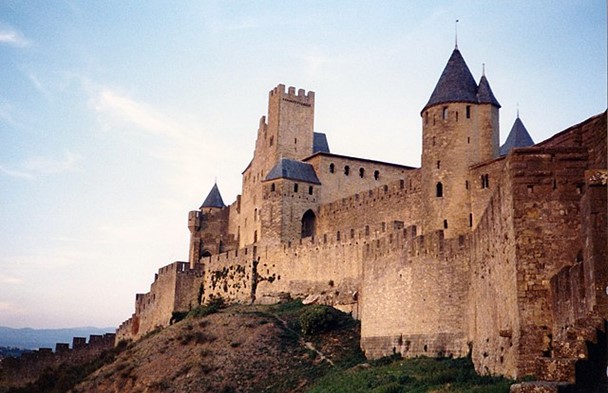 Image courtesy of Wikimedia commons.
Image courtesy of Wikimedia commons.
Carcassonne, Occitanie: A fortified medieval city, Carcassonne is known for its well-preserved walls, turrets, and
charming cobbled streets.
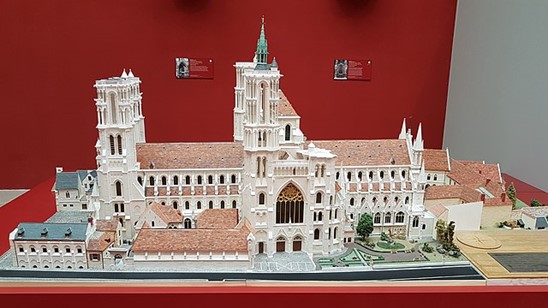 Image courtesy of Wikimedia commons.
Image courtesy of Wikimedia commons.
Cité de l'Architecture et du Patrimoine, Paris: This museum is dedicated to architecture and heritage, featuring
detailed replicas of famous French architectural landmarks.
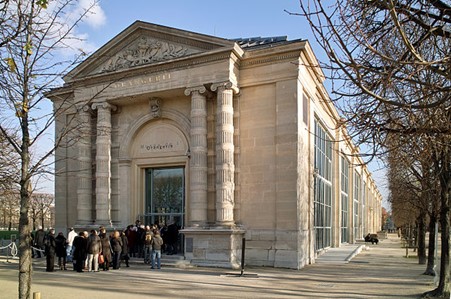 Image courtesy of Wikimedia commons.
Image courtesy of Wikimedia commons.
Musée de l'Orangerie, Paris: Home to Monet's Water Lilies series and other Impressionist and Post-Impressionist
masterpieces.
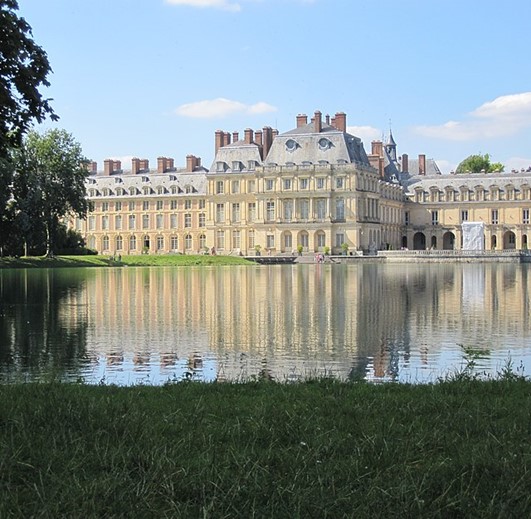 Image courtesy of Wikimedia commons.
Image courtesy of Wikimedia commons.
Château de Fontainebleau, Île-de-France: A historic royal residence known for its stunning architecture, lush
gardens, and artistic heritage.
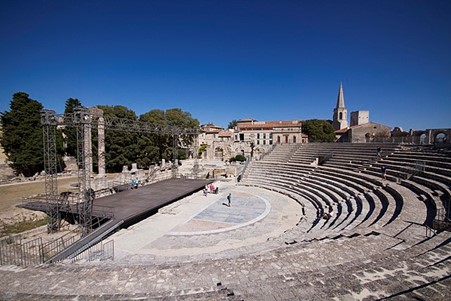 Image courtesy of Wikimedia commons.
Image courtesy of Wikimedia commons.
Roman Theaters of Arles, Provence: Well-preserved Roman amphitheaters that host cultural events and reflect the
region's ancient history.
These landmarks provide just a glimpse into the rich cultural heritage of France. Each region offers its own unique
sites, reflecting the country's history, art, and architectural evolution.